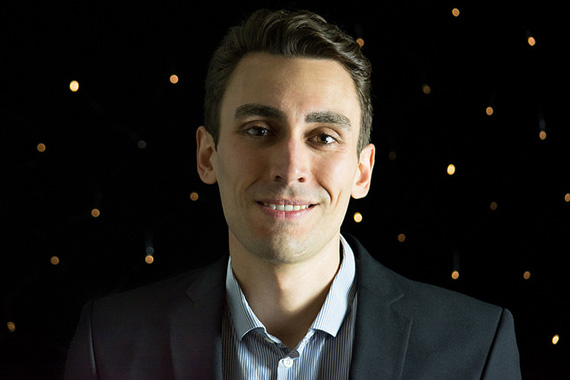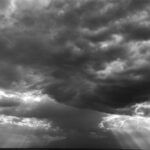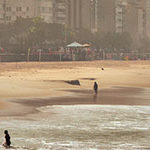In a prior photo tip article, we started talking about lighting patterns in portrait photography. Today we’ll continue our lighting pattern discussion with split lighting. This photo lighting pattern tends to go against most of our portrait photography posing “rules.”

photo by Kristoffer Trolle
We began our lighting patterns discussion by talking about broad lighting and short lighting. While they are technically lighting patterns, we can think of them more as stylistic approaches to be used on top of our additional patterns. In other words, decide on whether you want a broad or short lighting style, then decide on a lighting pattern that will make the subject look best.
As covered in previous articles, when posing a person for portrait photography, you don’t usually want their face to be straight on to the camera. It tends to make the face look wider, particularly if you are using a flat light and evenly lighting both sides of the face (as with an on-camera flash). In most cases, the ideal is to have the face turned about three-quarters to one side. Done well, this can be a very dramatic pose and in some cases it is the best option.
We can use split light to put one side of the face in shadow to eliminate the widening effect. To the viewer, a shadow visually recedes in the portrait while highlights come forward. Even though both sides may be an equal distance away, it appears that the brighter side is closer. So it actually does add a bit of depth.
Split lighting is an easy pattern to set up. To create this lighting pattern, place the light source at 90 degrees to the side of the subject. This will light the side of the face closest to the light and put the other side in shadow. When seen from the camera, the face should be split exactly in half.
Caution: One of the most vital elements in any portrait photo, whether it is human, animal, reptile, bird or whatever, you need a catch light in both eyes! In split light, obviously you are going to get a catch light on the brighter side of the face, but if the light is positioned incorrectly you will not get a catch light on the shadowed side. The ideal split light pattern has half of the face in highlight, half in shadow, and both eyes have a catch light.
Set the light at 90 degrees to the subject to get the split (in a few instances, you may need to move the light slightly behind the subject to get the half and half split), if there is not a catch light in both eyes, inch the light forward until there is.
See split lighting in action in this video demonstration:
While using a split light portrait photography lighting pattern goes against most posing rules, there are times when it is the perfect choice. Practice this technique and add another photo lighting pattern to your arsenal!
About the Author
Dan Eitreim writes for ontargetphototraining.com. He has been a professional photographer in Southern California for over 20 years. His philosophy is that learning photography is easy if you know a few tried and true strategies.
Like This Article?
Don't Miss The Next One!
Join over 100,000 photographers of all experience levels who receive our free photography tips and articles to stay current:







Leave a Reply